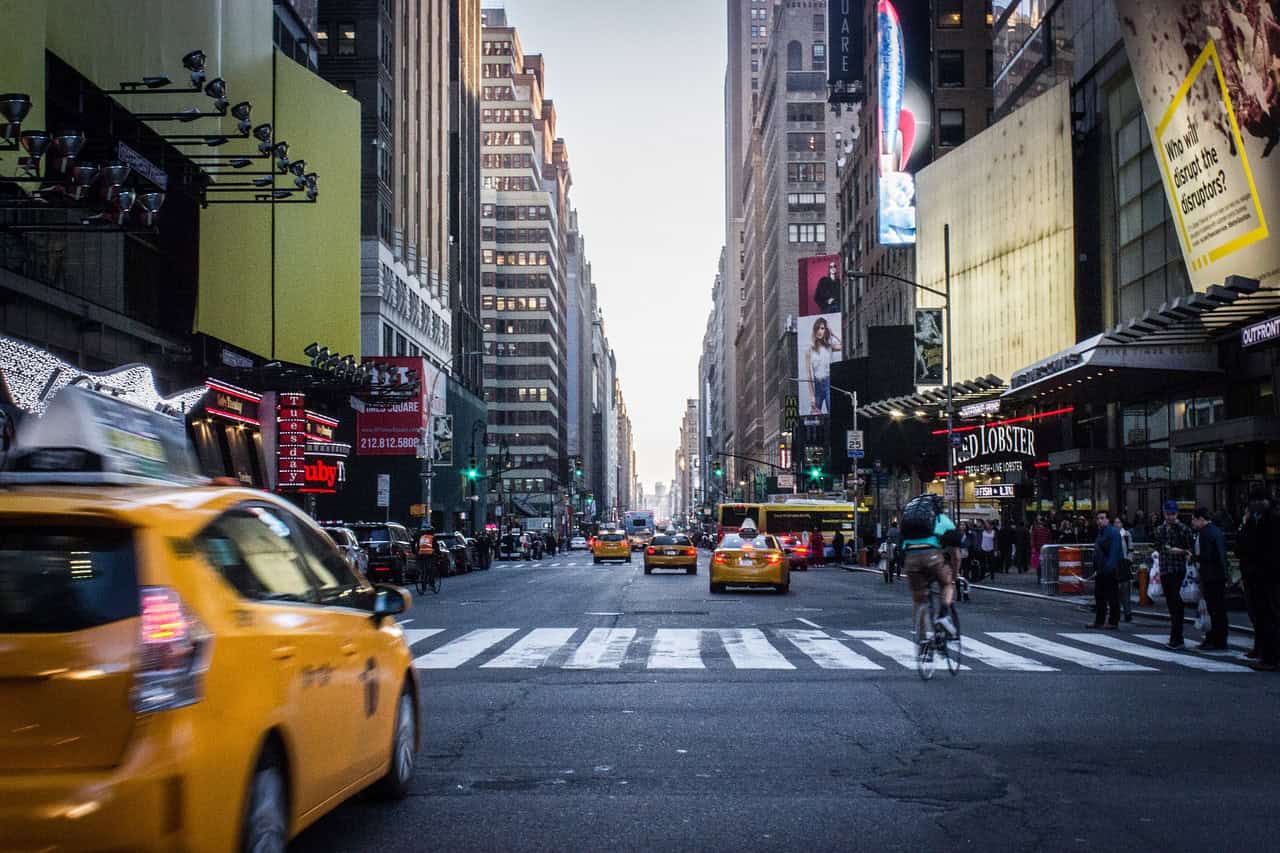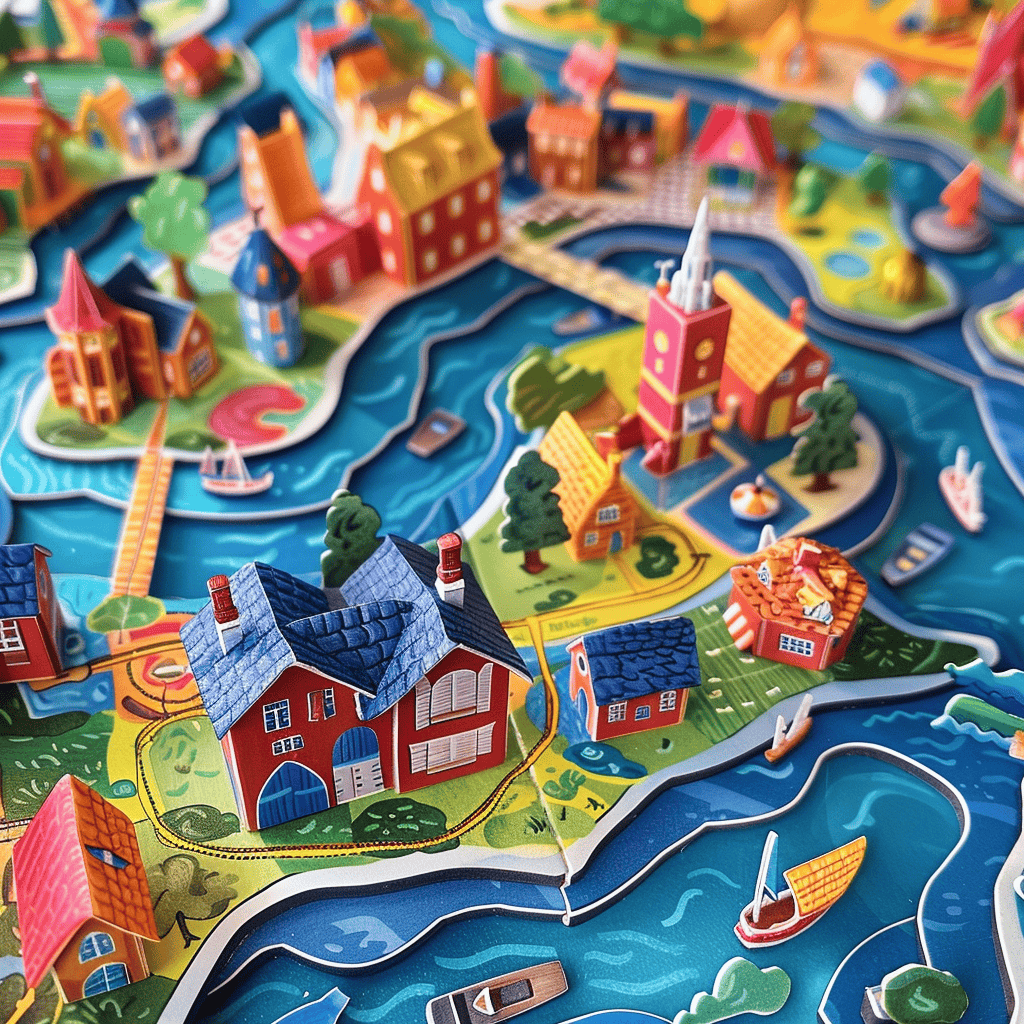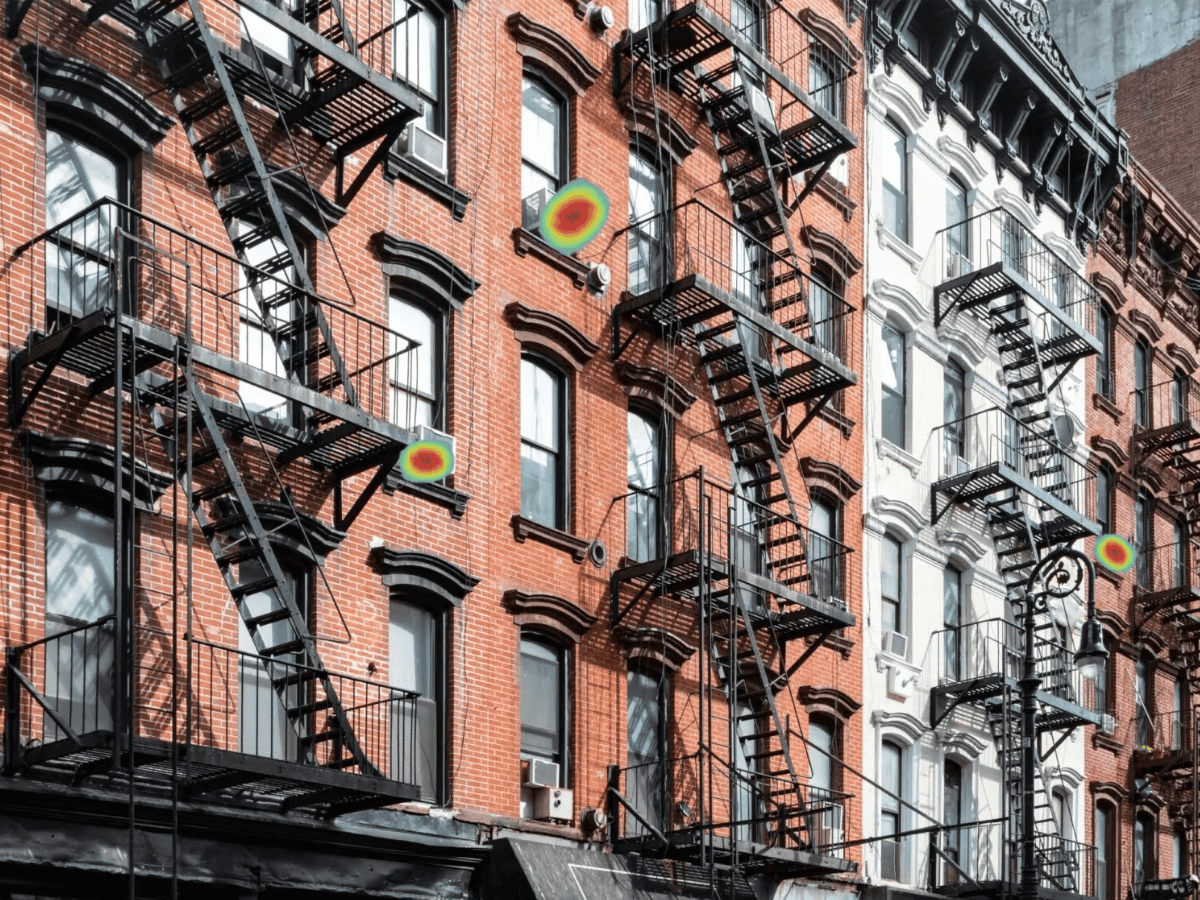
The latest scientific developments, important investments or inspiring stories: in this series, we highlight stories that shape the news of the future. Each week we dive into the details of the most promising startups, technologies and research initiatives.
1. Paris-based AI startup Mistral AI raises $640M
Mistral AI has closed its much-rumored Series B funding round, raising €600 million in a mix of equity and debt. Mistral AI is a relatively new entrant in the artificial intelligence space. The company raised a massive $112 million seed round about a year ago to set up a European rival to OpenAI, Anthropic and other AI giants.
Co-founded by alumni from Meta and Google’s DeepMind, the company is working on foundational models with the aim to rival the best performing models today, such as OpenAI’s GPT-4. Mistral AI’s most advanced models, such as Mistral Large, are proprietary models designed to be repackaged as API-first products, Techcrunch writes.
“I am delighted to see new and existing investors renew their confidence in our business and provide new support for its expansion. This new round puts us in a unique position to push the frontier of AI and bring state-of-the-art technology to everyone’s hands,” Mistral AI co-founder and CEO, Arthur Mensch, said in a statement. “It guarantees the company’s continued independence, which remains fully under the founders’ control.”
2. Global Startup Ecosystem Report 2024 Showcases Surging Investment in Generative AI
The 2024 Global Startup Ecosystem Report (GSER) by Startup Genome and the Global Entrepreneurship Network launched at London Tech Week. Now in its 12th year, the report is based on research and analysis of data from 4.5 million startups across 300 global ecosystems.
Globally, the report found that Series A funding in 2023 was down 46 per cent from the previous year, and the value of large exits ($50M+) fell 47 per cent over the same period. Further, in 2023, more than half of new unicorns were in the GenAI and Deep Tech sub-sectors, a higher rate than in 2021. The report also found that the top ecosystems have maintained their same 2020 positions. Silicon Valley remains at the top, followed by New York City and London, which are tied for second place.

3. New innovative fermentation project brings new hope for the future of sustainable food
Bacteria that turn waste and leftovers into edible raw materials in completely new products – does it sound too good to be true? Not necessarily. Swedish food giant Greenfood and biotech company Tekinn teamed up to give unutilized food a valuable new life through fermentation.
In 2021, Greenfood, one of Europe’s biggest players in healthy food, took a drastic decision – waste should be halved, and all raw materials should stay as high in the value chain as possible. Since then, several unique processes and raw material flows have been developed with the aim of making the most of every little piece.
In fellow foodtech and biotech start-up Tekinn, Greenfood has found a like-minded player, and together they have tackled a relatively unexplored part of the food industry – what is currently seen not as food, but as waste. By allowing bacteria to break down the substances humans cannot absorb, such as insoluble fibers, it is possible to refine what we today consider inedible into completely new raw materials that can become valuable parts of our common food system. Since Greenfood applies the zero-waste principle to every raw material that enters – 127 tons of fruit and vegetables every day – nothing leaves Greenfood’s fruit and vegetable center in Helsingborg without having a greater purpose.
4. New York City deploys Sorama’s high-tech audio cameras to combat noise
New York City is known as “the city that never sleeps,” and noise is a big part. Each year, the city’s Department of Environmental Protection (DEP) receives about 50,000 noise complaints. New York City is the first city in the US to use the Sorama CAM iV64 acoustic camera from Eindhoven to reduce noise pollution. This advanced camera detects, locates, and visualizes noise sources with high precision.
The Sorama CAM iV64 uses a series of microphones to detect noise levels and identify their sources. The microphones capture sound waves from different directions, allowing the camera to create a visual representation of the sound source. The data is then processed to determine the exact location of the sound through triangulation. This helps accurately identify noise sources such as construction equipment, noisy vehicles or HVAC systems, the New York Times recently wrote.


